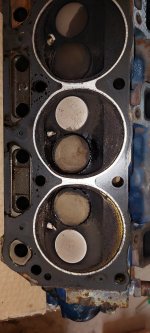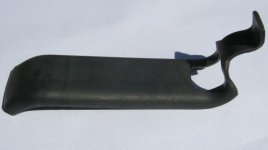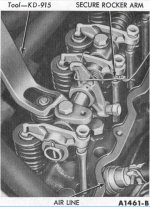Howdy Guys,
So while the aussie head is being built, I'm still trying to make my car run decent. No matter what it seems like I can't get the vacuum leaks out of my motor. 100%, the leak is in the relative area around the 2V conversion on the E0 head. I finally used a combo of cork and rtv and it still leaks. So I start thinking, the guy I bought it from said he burned a hole in the piston with this head.... what if my intake has a crack in it somewhere??? I'm thinking when I had it mag'd he checked out the typical parts of the head, not the intake. How can I do a garage mag on the intake to check for cracks? (And yes I've checked the freeze plugs at the ends of the log).
Thanks,
Ryan
So while the aussie head is being built, I'm still trying to make my car run decent. No matter what it seems like I can't get the vacuum leaks out of my motor. 100%, the leak is in the relative area around the 2V conversion on the E0 head. I finally used a combo of cork and rtv and it still leaks. So I start thinking, the guy I bought it from said he burned a hole in the piston with this head.... what if my intake has a crack in it somewhere??? I'm thinking when I had it mag'd he checked out the typical parts of the head, not the intake. How can I do a garage mag on the intake to check for cracks? (And yes I've checked the freeze plugs at the ends of the log).
Thanks,
Ryan



